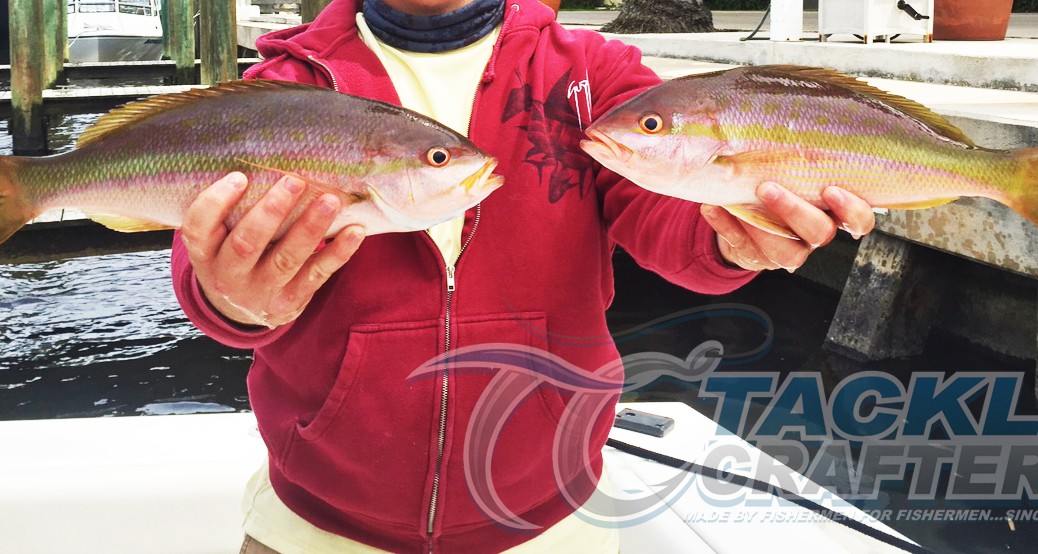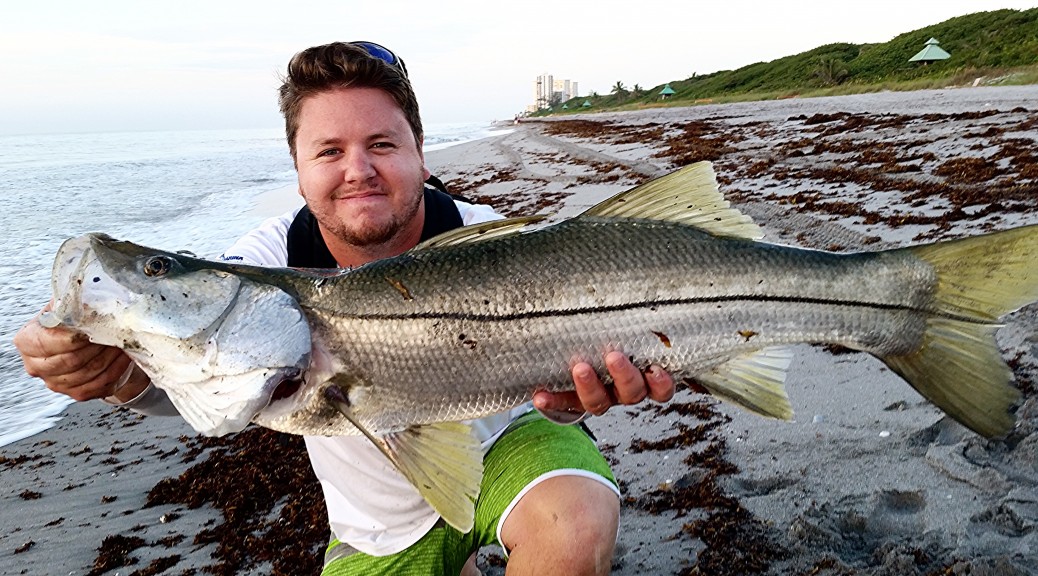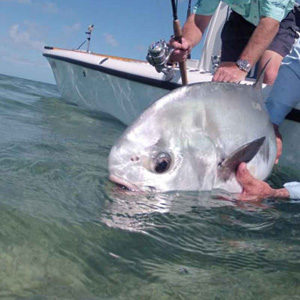In this video Corey talks Baaracuda fishing with the Tackle Crafters Tube Lures.
All posts by tacklecrafters
Sabiki Rig Tips and Tricks
In this how to video Corey teaches us how he quickly and safely removes a Sabiki Rig from the packaging.
10 Best Fishing Memes of All Time
The ever popular fishing meme can be found on Facebook pages and Instagram accounts of anglers all ages, shapes and sizes. Here are our 10 favorite fishing memes on the internet today. Just to bring some fishing to you until your next time out on the water! Be sure to put your name and email address below to get the latest deals on Tackle Crafters Gear and Apparel!

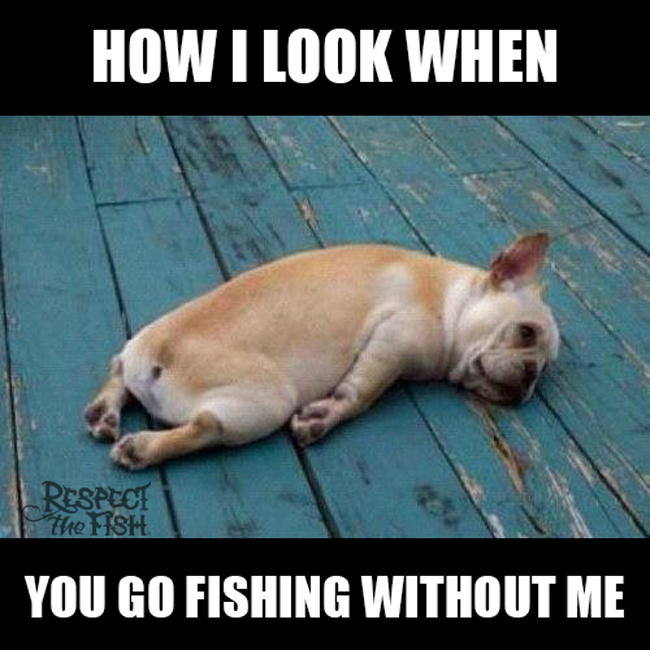




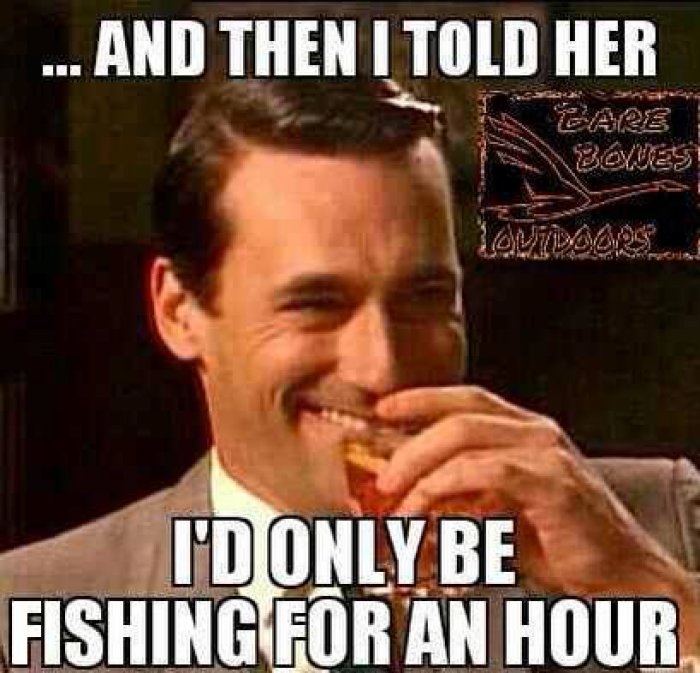

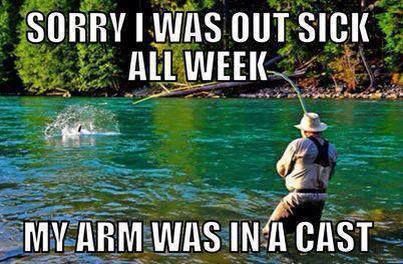

Yellowtail Madness

YELLOWTAIL MADNESS
Yellowtail Snapper can be found on the menu at your local surf bar as well as high end dinning establishments. This tropical warm water fish is good to eat and fun to catch! They are a great species to target when fishing with children or families because when you find them, they bring consistent action and fight hard. Around South Florida, and through the Florida Keys, there are many anglers who target this fish on a weekly basis for their table fare alone. Fresh Yellowtail filets are a prize and a treat and we would like to share with you a few tips and tricks for catching Yellowtail.
1. Chum
Getting the fish to show up is only half the battle. The other half is getting them to stay and the key to both is chum. A constant chum slick is crucial to having a successful Yellowtail trip. You want to make sure your chum is flowing out of the chum bag the entire time you’re fishing. A couple factors that play a role in this are, the current, the type of chum, and the bag. We prefer to use the bag with the larger holes. I believe they are 1/2 inch. Before you go, check what the current is doing. If the current is fast (2-4 knots) then the chum is going to run out faster. If it is slower (under 2 knots) then the chum will last longer. For a 2-3 hour trip 3-4 blocks of chum should do the trick. Be sure to put the chum somewhere it can unthaw while your on the way to your fishing grounds. When you tie off the chum bag try to position it so that when the boat rocks the bag will dip fully into the water and shake the chum out of the bag. If you don’t this you will be spending a lot of time shaking the bag manually. Keeping the constant flow of chum in the water is crucial. The Yellowtails will stay in the slick as long as there is food to eat.
2. Wait
Many anglers make the mistake of fishing too early. Once you have anchored and the boat has settled then begin chumming. From the time you start to when your first rod goes in the water wait at least 20 minutes. This is important because you want to allow time for a substantial number of fish to get into a feeding frenzy behind the boat before the first line goes in the water. Think of it this way: If you were trying to ambush or capture an animal on land how would you approach it? You want that animal to feel safe. Maybe you’ll lure it in with a decoy, food, or a sound and then when it has let it’s guard down- you strike. It’s like that with Yellowtail Snapper. You to let them get into a full feeding frenzy. Once they are in full force the fishing will be more productive and much more fun. Often time by putting a line in the water too early this prevents the feeding frenzy from happening and while there will be fish in the chum slick they will be more difficult to catch.
3. Fish
Once it is time to start fishing never use more then 1 to 2 rods at a time. This will help bring consistent action and is key to getting the bigger fish on the boat. A light spinning rod 7 to 7’6 ft with medium action will get the job done. We prefer to use light 10lb braid with a long 30-50ft fluorocarbon leader anywhere from 15-20 lbs. A small weighted jig head works great in strong currents ( 1/16 oz) or a #1 to 1/0 circle hook in less aggressive currents. The goal is to drift your bait back with the chum so when it gets to the fish it looks natural. Many different baits will work well. Some of the best are Silver Sides, Bonita Stripes, and Sardines just to name a few. When the current is strong sometimes the fish can be up to 100 yards behind the boat. Free line your bait back with the current in your chum slick and continue to let it drift until you get the bite. How far back you have to let your bait go is different every time.
Three easy steps to Yellowtail Snapper fishing! Have fun and go catch dinner with family and friends!
Tight Lines!
How to Catch Summer Snook on the Beach

It’s July and Summer time is upon us. In South Florida Summer means flat glassy seas, days at the pool or beach, and spawning Snook!The Summer time Snook spawn occurs on the both the East and West Coast of South Florida. Male and Female Snook congregate in inlets, passes, under nearby inlet bridges, and along beaches. This time of year Snook fishing is strictly catch and release so if a meal is what your after you will be sadly disappointed. However, for those who are looking to bend a rod or catch the most sought after inshore game fish in Florida, then this a great time of year to target Snook.
Most of the year Snook can be a finicky fish. Feeding in short windows. Greatly affected by tide, moon phase, barometric pressure changes, among other things. Anglers can be found during the fall, winter and spring months spending sleepless nights around brides and other high structure areas trying to land a trophy Snook or slot sized meal. But during the summer months (and leading into the mullet run) the typical patterns of these fish are dismissed (not completely) as they set their focus on spawning. They have one thing on there mind….making babies. Fortunately for anglers this means large schools of Snook, hungry Snook, all waiting for their next meal. Some are tying to plump up before the spawn, and others are trying to put on weight after. Either way this means hungry fish.
As previously mentioned Snook congregate at various places in the summer, but for the purpose of this post we are going to focus on the beaches. Why? Because it is one of the few times and places you can sight fish monster Snook on light tackle. You can be successful with artificial lures or a fly rod, and live bait as well. That part is mostly preference. But there are a few key factors I would like to go over that I consider non negotiable when targeting Summer time beach Snook.
How to see them?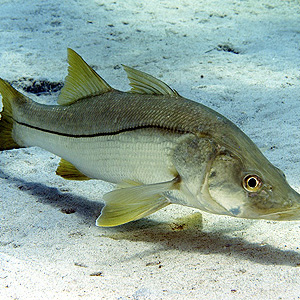
When the conditions are right Snook can be seen cruising the beaches. Learning what to look for and how to spot them is going to make having a successful trip that much easier. If you know what to look for you can spot a fish at any time of day, but it is much easier with the Sun at your back (I talk more about this in the What Time paragraph). For starters get yourself a good pair of polarized glasses to help cut the glare on the water. Nothing is better then Costa’s 580 G lenses. I prefer Blue but any color will work. It is important when you walk the beach that you keep a good distance between you and the water line. The first trough is right along the waters edge parallel to the beach. Many big Snook can be seen here but fisherman often walk to close to the water and spook the fish before they ever see them. If the fish has been on the beach for a while they can be hard to spot. Their clean body, and white silvery scales can sometimes be missed. If you are not sure if what you are looking at is a Snook then get closer. The fish will spook but at least you will learn what to look for. It is important to take your time, look carefully, and be patient. Once you learn what to look for it will become a breeze.
What Beach?
On the East and West Coast alike the common advice given to anglers is fish any beach within a one mile distance North or South of an inlet. This is good advice and I can not say that is wrong, but it may not be the most productive. The chances of you finding Snook cruising the shore is pretty good in these areas during the summer. However there are beaches where the Snook like to stage in large schools. In my experience large schools of Snook can be found on the beach 6-8 miles away from the nearest inlet. The best way to find these areas is walk the beach. Look for structure, bait, or diving birds. Anything that can indicate there is life in the area. If you think you have found an area that holds fish one thing you can try is putting on a snorkel and mask and getting in the water. This will give you the best idea of how many fish there are in the area, where they are holding, and how big the fish are.
What Time?
The best time of day (or night) to fish for beach Snook is dependent on a few factors. First, what is your preferred tackle? If you are set on throwing flies or artificial lures (especially flies though) then seeing the fish is going to extremely important to getting hooked up. On the East Coast dusk is prime time for sight fishing and on the West Coast dawn is best. When sight fishing you want the Sun at your back. The first 2 hours after the Sun rises and before the Sun sets will give anglers the best advantage when targeting Snook on fly or lures. I have had fish swim just a few feet in front of me and had no idea I was there. The angle of light did not allow them to see me, but I could see them perfect. If hooking up on artificials is what you want then going during the low light hours is going to be crucial to your success. (Fishing lures at night can be good as well if you where and when to go)
If you are open to using live or cut bait then you will have some other things to consider when planning what time to go. For starters, when are the fish eating? What tide are they eating on? What is the moon doing while they are eating?These are all things to consider whenever you are Snook fishing. Once you know where the fish are stop by that are a few times throughout the day to see if there is a prime feeding time. Once you find the window they are feeding then you must figure what bait to use…
What Bait?
Whether you are using live bait or lures it is important to know what the Snook are feeding on. Usually it is pretty easy to figure out. If you see a school of pilchards, or sardines getting swirled by a school of Snook,then just throw your cast net, bait up and hold on. Early and late in the summer months (usually end of Spring and beginning of Fall) Mullet can be found on the beaches as well. If there is no apparent bait around you may want to try getting in the water with a mask and seeing if you can find sand perch, whiting, or croakers. These are all excellent Snook bait and can be caught with a large cast net, or a small hook and small piece of shrimp. If the Snook are not keyed in on anything specific it can’t hurt to try live shrimp. Another popular bait is chunks of fresh dead mullet. This is most effective at night. The important part is finding what they are feeding on an using that as bait or matching your lure to the bait.
What Tackle?
One of the best parts about catching Snook on the beach is most of the time there is nothing for them to break you off on. The fish can pull, run, and dive all it wants and there is usually no mangroves, oysters, or rock piles that the fish can run to. Because of this, light spinning rods and reels are the popular choice for most anglers. A 7 to 7.6 foot rod and 2500 to 4000 size reel will get the job done. As far lures are concerned anything that resembles the bait in the area will work. Mirror Lure, Rapala, Yo Zuri, and even Spooltek Lures are all good companies that make products that will fit this application. May favorite lure is the DOA shrimp in Pearl color. If you are fishing live bait we have many live bait rigs that will work great for beach time Snook fishing. A favorite of many when fishing clear water is our Fluorocarbon Leader,or in heavy current or inlets our Snook Inlet Rig is a long time classic, just to name a few. Thanks for reading!
Happy Fishing!
Corey Pagano
Director of Operations
New Legislation Benefits Fishermen!
Last year the National Parks Service closed nearly 40% of Biscayne Bay to fishing. While sometimes closures of certain waterways are necessary for the well being of the ecosystem the closure of Biscayne Bay was done without any real purpose or support from water management organizations. The Preserving Public Access to Public Waters Act will require any closure of fisheries to be approved by the FWC. It only makes since that any decision that affects fishing would have to go through the state’s fish and wildlife agency. You can find a link HERE on Sport Fishing Magazines website.
How to stay on the Bite?
 Fish swim, seasons change, the bait comes and goes, and sometimes it is just hard to stay on the bite. The best way to stay on fish is to do just that……..stay on fish. But in order to do that you have put in TIME ON THE WATER. And while it is true that there is no substitute for time on the water I wanted to share some helpful tips that keep us (for the most part) on the bite.
Fish swim, seasons change, the bait comes and goes, and sometimes it is just hard to stay on the bite. The best way to stay on fish is to do just that……..stay on fish. But in order to do that you have put in TIME ON THE WATER. And while it is true that there is no substitute for time on the water I wanted to share some helpful tips that keep us (for the most part) on the bite.
1. Call or go in to your local tackle shop. Ask them what reports they have and what’s been biting. Sometimes they don’t know everything that’s going on out there but they know more then most. Pick up a couple things while your there and support your local shop. You can find what shops carry our product HERE.
2. Call the local fishing piers. Even if you are not planning on fishing the pier they can still provide some good information that may help you. At the very least they can give a bait report.
3. Meet other fishermen. The best substitute for TIME ON THE WATER is when you got a buddy on the water. Talk to folks in the tackle shops and at boat ramps. Exchange contact info. You don’t have to be best friends but you can help each other get on some fish.
4. Get online! Find a forum or website where people share fishing reports in your region. Florida Sportsman is a good one for us Floridians. Find one where you live and check it regularly. Get on social media like Instagram and Facebook and follow some local charter boat captains and fishermen. People are protective of their prized spots so don’t go around asking every guy with a snook picture which bridge he caught his slot at, but you can still see what’s being caught around you.
5. Do what you know! Sometimes you go out blind. No reports, no bait, no clue…..and you gotta figure it out. Stick to what you know. What works for you? When it comes to Wahoo fishing all anyone talks about is high speed trolling, but I have had plenty of success pulling naked ballyhoo, and kite fishing. I recently saw an episode of Florida Sportsman where they pulled plugs at 5 knots for Wahoo. At the end of the day do what your most confident doing.
6. Try new things. Sometimes what you know just isn’t getting it done….that’s when what you know has to grow. Like in any other sport you have to work at it. Techniques, equipment, and skills are constantly changing. Sometimes you have to try something new. It may surprise you. Attend a seminar, fish with people you don’t normally fish with, and no matter how long you have been fishing it can never hurt to go out with a respected guide to learn something new.
Spring is here and the weather is heating up. Get on the water and bend a rod!
Tight Lines,
Corey
Welcome to Tackle Crafters!
Welcome to the Tackle Crafters website! We are a family owned and operated company that has been in business since 1947. While your here check out our line of team apparel and our inshore and offshore fishing tackle. Sign up for our newsletter to receive fishing reports, how to tutorials and video’s and some awesome deals! Thanks for stopping by and tight lines!
Corey Pagano
Operations Director




